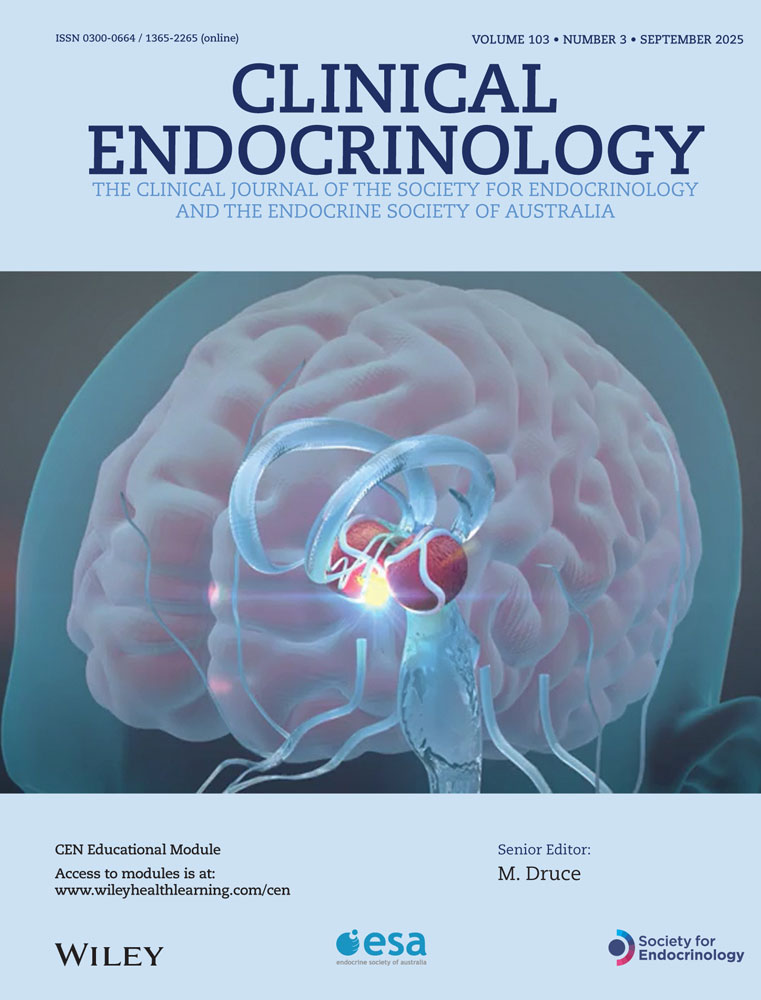Reduced serum dehydroepiandrosterone levels in diabetic patients with hyperinsulinaemia
Abstract
OBJECTIVE
To elucidate the interaction between insulin and dehydroepi-androsterone (DHEA) concentrations, we evaluated serum DHEA and DHEA-sulphate (DHEA-S) levels in diabetic patients with hyperinsulinaemia.
PATIENTS AND DESIGN
Twenty-four subjects with non-insulin dependent diabetes mellitus, 12 hyperinsulinaemic subjects (fasting serum insulin concentrations 10 mU/ml (71.8 pmol/l)) and 12 non-hyperinsulinaemic subjects, and 10 normal control subjects were studied. Serum DHEA, DHEA-S, cortisol and ACTH levels were investigated in these subjects. Moreover, their serum DHEA levels were compared during hyperinsulinaemic–euglycaemic clamp and after ACTH stimulation.
MEASUREMENTS
Serum insulin, cortisol, ACTH, DHEA and DHEA-S concentrations were evaluated by RIA. Serum glucose was determined by the glucose oxidase method.
RESULTS
Diabetic patients with hyperinsulinaemia showed significantly lower levels of serum DHEA and DHEA-S than controls. After ACTH stimulation, these patients also showed significantly lower DHEA levels. During the hyperinsulinaemic–euglycaemic clamp, serum DHEA concentrations of diabetic patients with hyperinsulinaemia remained low and did not decline further, although those of control subjects and non-hyperinsulinaemic diabetic patients showed a significant decline of serum DHEA levels. Even after ACTH stimulation during the clamp, serum DHEA in hyperinsulinaemic patients was still significantly lower than in controls.
CONCLUSIONS
In diabetic patients with hyperinsulinaemia, baseline DHEA levels are chronically and maximally suppressed compared to control subjects and non-hyperinsulinaemic diabetic patients, and thus not decreased further by exogenous insulin infusion during hyperinsulinaemic–euglycaemic clamp.




